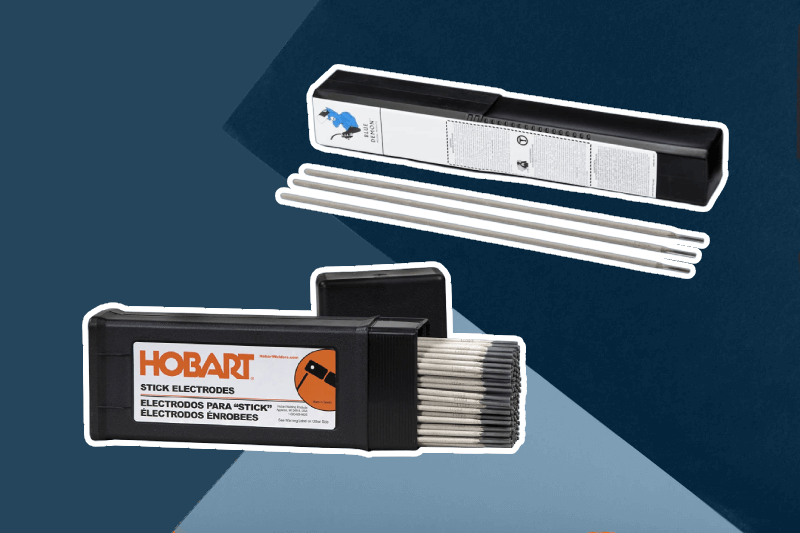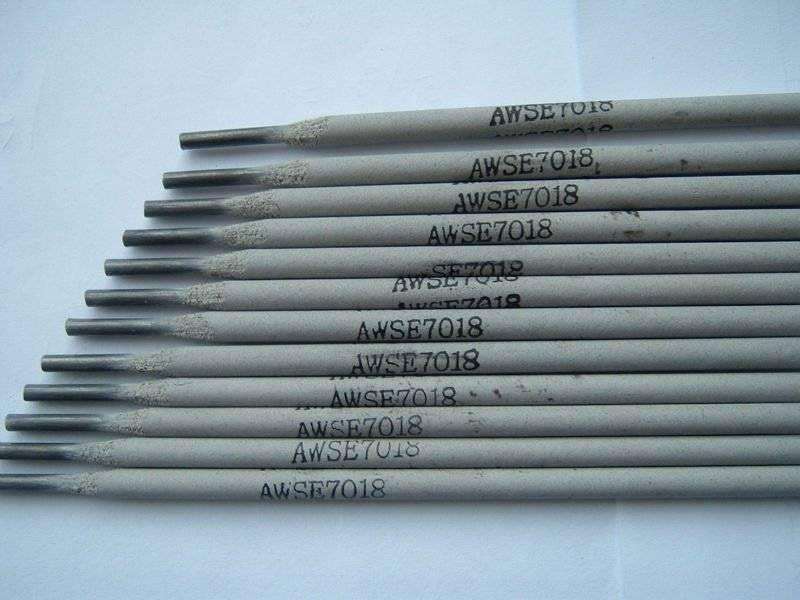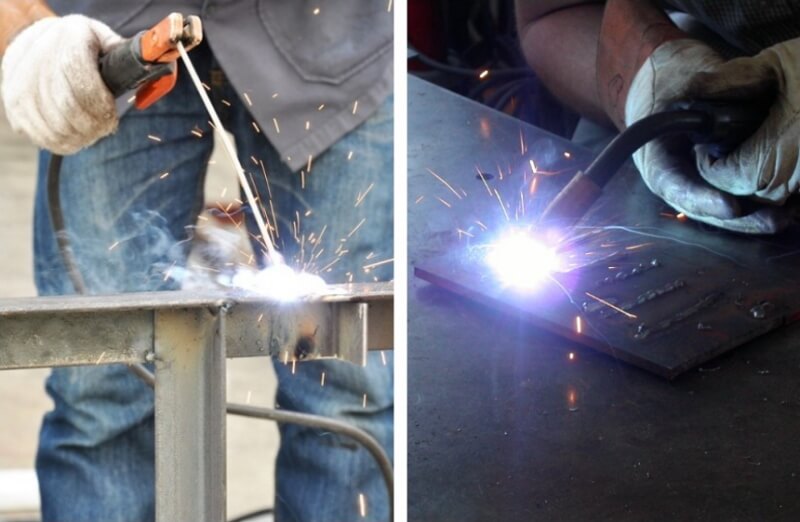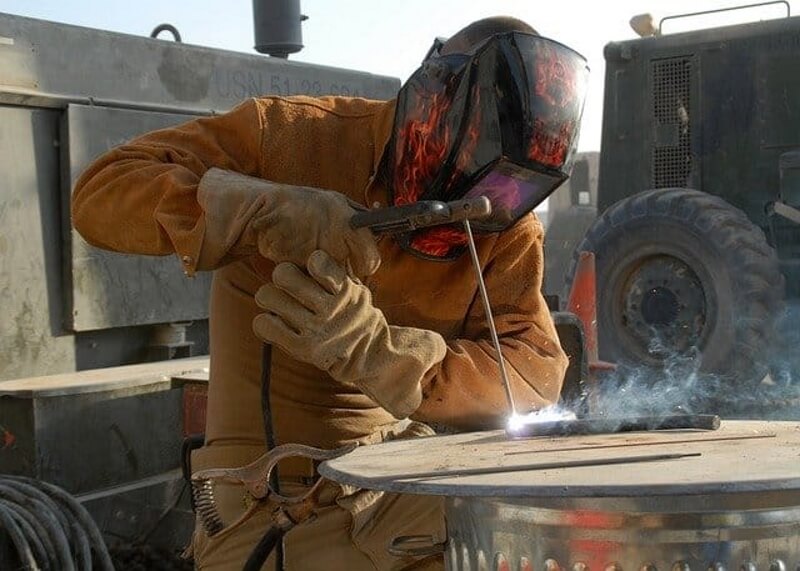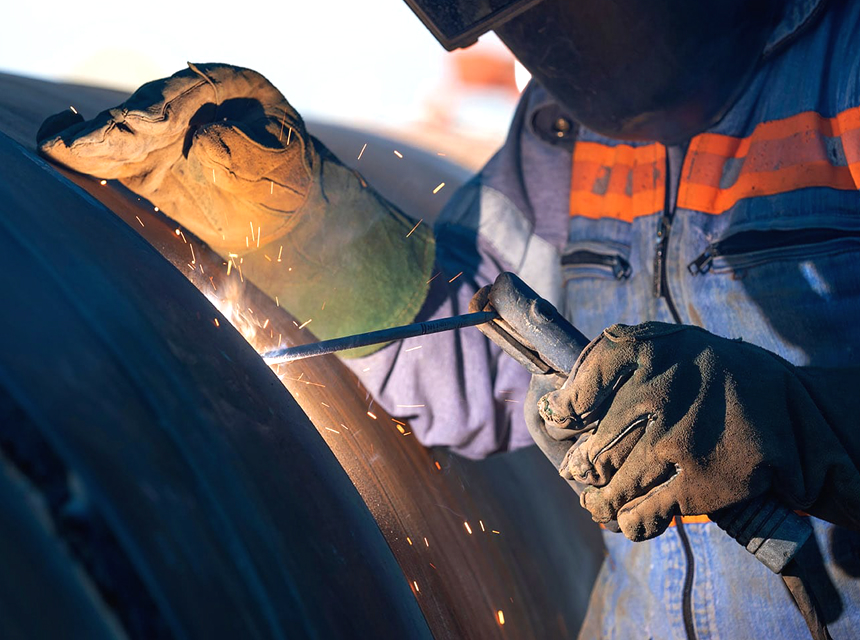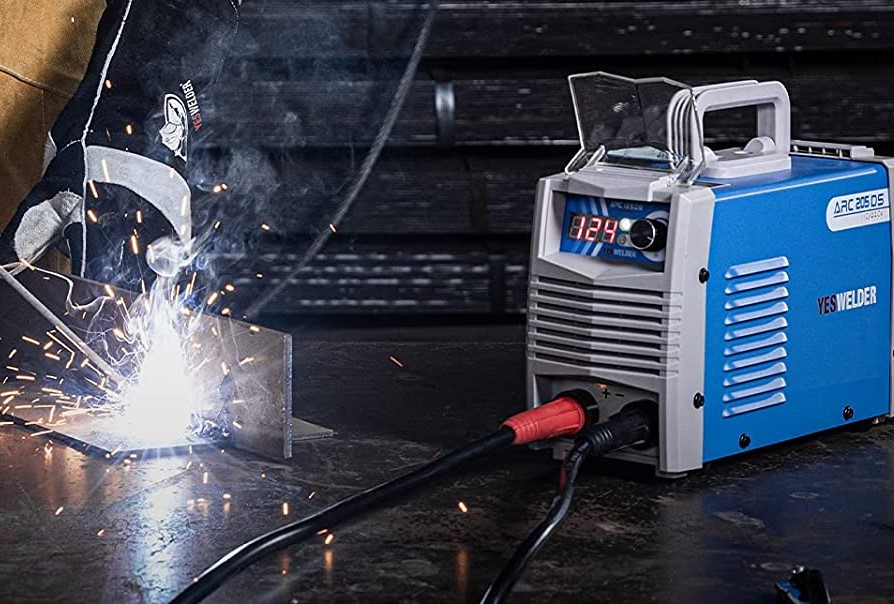

Every welder deals with the struggle of choosing the right welding rod for their projects. This struggle is important because going with the wrong welding rod can mess up a project. Apart from that, the wrong welding rod can also be a lost investment, which can be frustrating when you’re on a budget.
In the world of arc welding, 6011 and 7018 welding rods are two popular but different electrodes. If you’re trying to choose one of them, you’ll need to know all of their differences to make the right choice. Hence, we’ll compare 6011 vs 7018 welding rods and tell you the features and factors that separate them.
In determining the differences between 6011 and 7018 welding rods, you need to understand factors such as their applications, compatible metals, storage conditions, welding positions, and more. Are you keen on learning how to tell the differences between these two rods? Read on!
The 6011 welding rod is unarguably one of the most common electrodes in the welding industry. The rod’s relative popularity is mostly due to various factors, including its versatility. It is a general-purpose electrode that performs in all positions. On top of that, the rod is ideal for various metals (we’ll elaborate on them later in this article).
Moreover, the 6011 welding rod strikes an arc quite easily while hardly forming a slag, which makes it suitable for tacking. Also, the rod is a fast-freeze electrode. Also worthy of note is its ease of control. Additionally, this welding rod produces deep penetration.
Code: ANSI/AWS A5.1 & ASME SFA 5.1, F-3, A-1
Current: Direct Current Electrode Positive (DCEP) or AC
Diameters: 3/32”, 1/8”, 5/32”, 3/16”
Tensile Strength: 60,000 PSI
The 7018 welding rod is a low-hydrogen electrode, which produces weld with high ductility and incredible toughness. On top of that, it reduces the possibility of hydrogen embrittlement cracking when you weld thick sections. Also, the rod is engineered to weld multiple metals in all positions. However, some positions are more effective than others.
Besides, the 7018 boasts crack-resistant properties that make it ideal for heavy-duty welding. It’s the type of rod you find on construction sites. Unsurprisingly, this electrode is too sophisticated for beginners; professionals will find it much more useful.
Code: AWS A5.1 ASME SFA 5.1, F-4, A-1.
Current: DC & AC
Diameter: 1/16”, ¼”, 3/32”, 1/8”, 5/16” 5/32”, 3/16”
Tensile strength: 70,000 PSI
There are several types of welding rods but this article centers on the 6011 and 7018 rods. Below, we’ll do a comprehensive comparison of 6011 vs 7018 welding rod based on various factors.
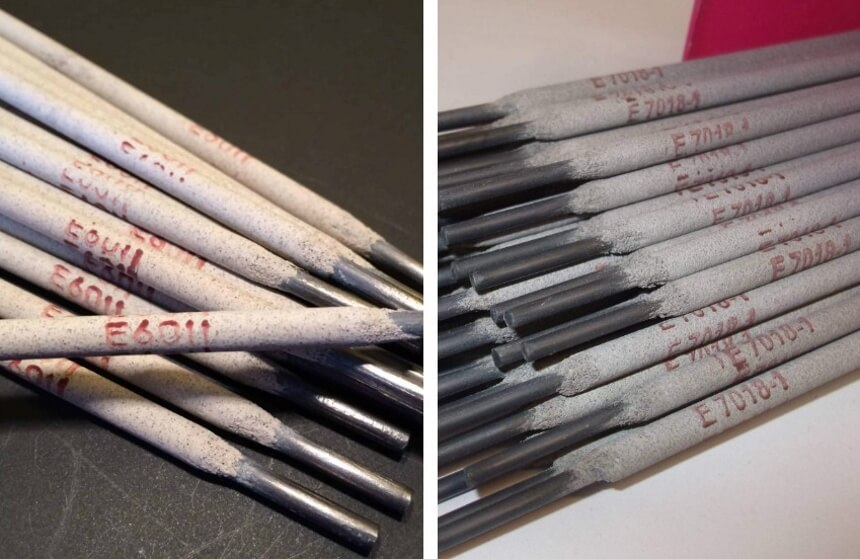
For example, the 6011 welding rod is engineered with an outer coating made of high cellulose sodium. Thanks to this coating, the rod provides increased ductility, low spatter, high deposition efficiency, and arc stability.
The 7018 rod, on the other hand, is coated with a low-hydrogen, iron-based flux compound. This compound vaporizes to protect the molten weld bead from being contaminated by moisture and air.
When you own a welding rod, it would be careless to not know how to store it properly. To store your electrode properly, you will need to know its correct storage conditions. For the 6011 welding rod, you need to avoid humidity below 50% when storing it. You should store the rod dry at room temperature within 40° F – 120° F. And it shouldn’t be stored in a rod oven above 130° F.
For the 7018 welding rod, the most important you need to do is to keep it dry. You’ll have trouble welding with a damp or moist 7018 rod due to its low-hydrogen coating.
The rod’s flux coating absorbs moisture easily. And the moisture makes the arc produce a weak and porous weld.
Hence, you need to store the 7018 welding rod in an oven at temperatures ranging from 500° F – 800° F for 1 – 2 hours. Plus, keep it dry in a heated cabinet within 250° F – 300° F. You should avoid storing the rod in a freezer, old refrigerator, and other makeshift cabinets.
Price tends to be one of the most important considerations of welders and that’s quite understandable. To help you know the cheaper/more expensive option between the 6011 and 7018 welding rods, we checked out several brands on the market.
Our research revealed that the 7018 is generally the more expensive electrode. For example, the Hobart 770459 6011 welding rod costs less than $20 despite offering deep penetration and being fit for use in every position on carbon and galvanized steel.
In contrast, the Hobart 770476 7018 welding rod costs more than $25 but that’s understandable considering its superior qualities. Not only is the rod ideal for use in every position on low, medium, and high-carbon steels, it is also fit for tacking and out-of-position welding.
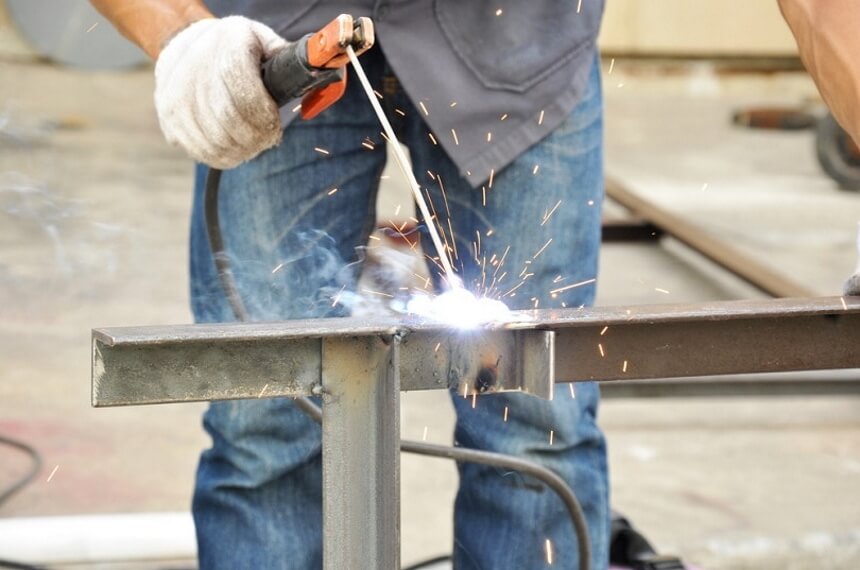
So, when you’re choosing either of the two welding rods, you’ll need to opt for the one that offers what you want.
A welding rod’s freezing time refers to the time the tool takes to change the weld puddle from liquid to solid. Interestingly, there’s no clear difference between the 6011 and 7018 welding rods in terms of freezing time. Both electrodes are fast-freeze rods, which means that their weld puddle changes from liquid to solid quickly.
If we were to choose one of the welding rods based on freezing time, we would lean toward the 6011 because it delivers deeper penetration and violent arc. The 7018, on the other hand, has more liquid puddle, which makes it a bit slower to freeze.
Before investing in a welding rod, you can’t afford to not know what are the electrode’s applications. By now, you know that the 6011 welding rod produces deep penetration, which makes it perfect for use on painted, unclean, greasy, and galvanized surfaces.
On the other hand, the 7018 is deployed for welding metals that tend to crack, thanks to its crack-resistant properties. Hence, the welding rod is ideal for various industrial applications, including storage tank welding, pipeline welding, factory welding, energy power plant welding, etc. Due to its sophistication, it’s best used by professional welders.

Another important factor you need to consider when choosing a welding rod is its welding position. One reliable way to tell the positional strength of a welding rod is through the numbers assigned to it. Specifically, the third digit of an electrode indicates its welding position according to the American Welding Society (AWS) numbering system Trusted Source What You Need To Know About Welding Electrodes - Tulsa Welding School If you are interested in a welding career, you might have already looked into the welding tools and equipment that are used. One of the most essential www.tws.edu .
For the 6011 and 7018 welding rods, both have the same third digit, ‘1’, which means they have the same welding position. Plus, the ‘1’ indicates that the electrodes can be used in any position, including vertical, overhead, uphill, downhill, and horizontal.
Even the 6013, for instance, can be used in any position due to its third digit. Thanks to their common third digit, there’s no significant difference in welding position when you compare 6011 vs 6013 vs 7018. However, welding downhill with the 7018 is not the most convenient because it’s a bit too fluid and leaves too much slag.
Tensile strength is another factor that separates the 6011 and 7018 welding rods. Generally, the first two numbers of an electrode indicate the tensile strength of the final weld. Therefore, for the 6011 rod, the first number ‘60’ means that the electrode’s final weld will have a tensile strength of 60,000 PSI while the 7018 rod’s ‘70’ indicates a tensile strength of 70,000 PSI.
As we mentioned at the beginning of this article, the 6011 and 7018 welding rods are two different electrodes and that informed our 7018 vs 6011 matchup. In comparing the two welding rods, we found a lot of differences. In terms of coating, these electrodes are quite different and this explains their behavioral difference in certain situations such as storage, etc.
While the 6011 and 7018 seem to be so different, they share some similarities. For example, they use the same welding type and welding position. Ultimately, you should choose either of the two welding rods based on your needs and preference. Luckily for you, our 6011 vs 7018 comparison provides you with a vital guide. Once you choose your preferred welding rod, pick up the best welding glasses you can find and weld away!
